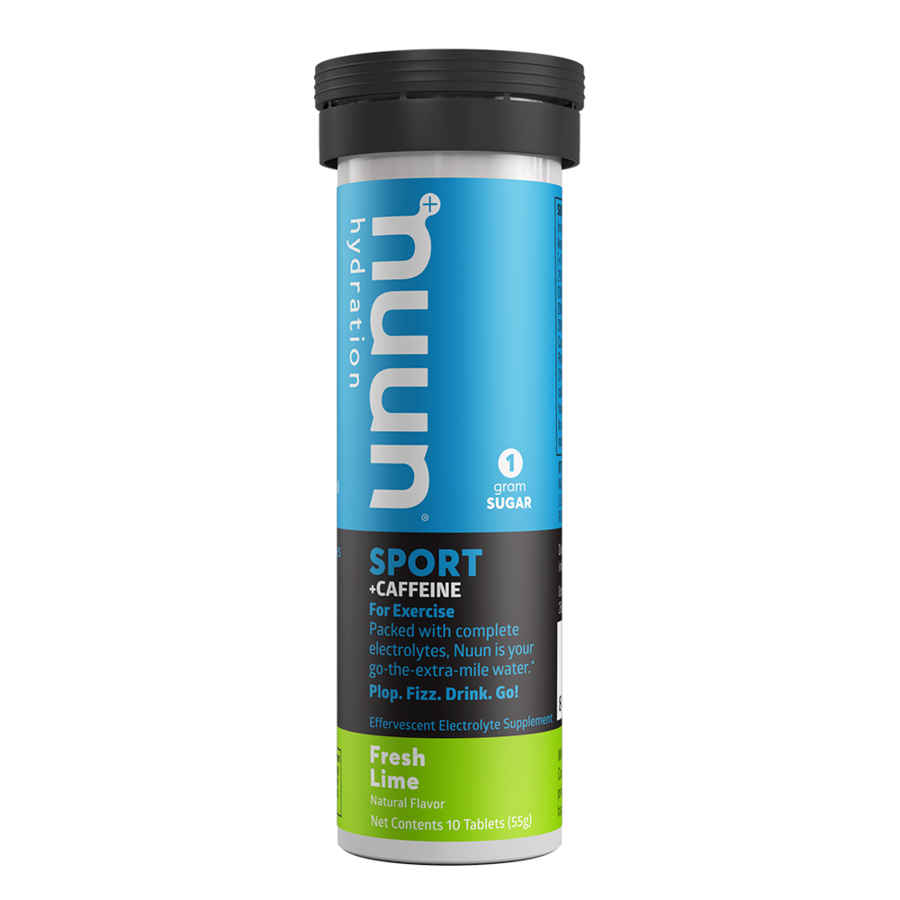Nutrition for Mountain climbing - Namas Adventure
NUTRITION FOR MOUNTAIN CLIMBING
Image- Namas Adventure, Mera Peak summit
Climbing high altitude mountains for both sports and recreational purposes is an immense physical challenge. Altitudes above 4000M to 5000 M are considered high altitudes and 5000M above are considered extreme altitudes. You have to be physically, psychologically, and mentally prepared. Preparing yourself by exercising and practicing techniques, getting the right gears are important parts of mountain climbing. However, to be able to make yourself stronger during training and climbing days getting the right nutrition is very important. Did you know that taking the right diet can improve your effort ability by 20% overall? It is easier said than done but when it comes to mountains and high altitude you might want to dedicate yourself to this regime of the right amount of exercise to make you physically fit and eating well. The right nutrition is another factor in your performance.
“ Did you know that taking the right diet can improve your effort ability by 20% overall”
Image by - Brad
Research has shown that when climbing high altitude mountains climbers can burn anywhere from 6000 - 10,000 calories per day. Losing weight is very normal and you will have to gain your strength back quickly. Your digestive system won’t work the same way as it does at a lower altitude. Your system will want to reject food as it does not want to put in much effort and forcing yourself to eat is necessary. Carbohydrate (carbs) is your best friend when it comes to nutritional value but also do not forget the proteins and fats. You will have to snack a lot with easy-to-absorb carbs, hydrate often, during your climbing hours, and when you rest during dinner at your camps more carbs and proteins. Fill up that glucose in your body as it stores fats in your body which your body will use when needed or during the hard push.
“60% - 70% of your meal nutrition should be carbs, 20-30% proteins and 5% - 10% fats”
Recommendations
High carbohydrate foods - Rice or whole grain products, bread, pasta, fruits rich in natural sugar ( banana, oranges, blueberries, grapefruit, apple) sweet potatoes, potatoes, milk, Quinoa, kidney beans & chick peaks.
You can also pack dried frozen dried meals that are easily packable, 90% lighter, preserve the natural taste, gives you nutritional value. Easy to prepare, just pour boiling water, stir and wait about 10 minutes, and feast on it. This is highly practical as it makes logistical planning much easier. We recommend (LYO FOODS) they have some great options, especially for mountaineering.
Proteins sources mile & cheese, meats, tofu, eggs, lentils and seeds, and nuts.
Fats source dried meats, butter or ghee, chocolate, olives.
Keeping yourself hydrated throughout is very very important. You will sweat a lot, we recommend you to intake anywhere from 4l- 6l of water every day. Just drinking normal water is not enough. It is necessary to add hydrating tables with electrolytes in your water. Products recommended ( SIS hydration tablets, Nunu Hydration tablets )
Mini brunches when hiking/climbing for 6- 10+ hours is very crucial. Your body quickly burns all the nutrition within 2-3 hours and you will need to often replenish those nutrients. You will need foods that don’t have to be cooked, easily packable, and rich in nutrition. Bananas, chocolate, nuts& seeds, jerky or dried meat, hydration tablets, energy gels, and bars are highly recommended. Every night prepare it in a sealed bag or an area of your backpack where you can store and reach them easily. These superfoods will give you that much-needed energy, thus, you’ll feel active for a longer time.
I hope this article was helpful. It is very important that you pay attention to your diet nutrition especially during your climbing days. Remember to take in a lot of carbs during your trekking/expedition lunch or dinner time. Snack a lot, almost like a mini brunch every 2-3 hours, to give your body a constant flow of energy and stay hydrated (add hydrating tables) every time. I personally have suffered during my climbing days for not eating well or not staying properly hydrated. So I hope you can follow the suggestion and enjoy your climbing. During your trekking/expedition on all our itineraries, meals with these nutritional values are served at the lodges we rest or during camping. Extra food is always helpful. Please ask our team how much you will need to personally pack.
One more thing, do not intake any alcohol, especially during your climbing days. You will see Sherpas or porters who have always been climbing drink but you need to remember that their bodies have always been through this every year in and out. So comparing it won’t help, instead, save it for the last and enjoy your beer after your climbing is finished when you return to base camp or the nearest lodging area.
Also, please carry your waste with you all the time and dump them on your next village or lodging spot. Encourage your team not to litter the mountains as the waste might never be removed from these remote and pristine areas.
Keep exploring, eat well take on that challenge. Mountains are calling. Go live your story.
References -
https://lyofood.com/blogs/lyofood-blog/nutrition-at-high-altitude?welcome
https://www.healthline.com/nutrition/12-healthy-high-carb-foods
Written by - Bisesh
Momo: A nationwide favourite
MOMO
One cannot visit Nepal without enjoying several plates of Momo. No. One cannot, and one should not. Visiting Nepal without sampling Momo is like returning from the beach without dipping your feet, then your entire body, into the ocean. It is just not done.
Momo is arguably the most popular dish among the Nepalese folks. It is a dish that can make the entire nation literally salivate at its mere thought. Here are several reasons why:
First, it is simple to prepare. Momo is essentially a type of steamed bun. The doughy exterior is made by mixing flour and water together. The filling is usually a mixture of ground/minced meat, spices and vegetables. Put the two together and voila you have MOMO!
Second, Momo is a fairly experimental and practical dish. There are no fixed ingredients, which means people from all over the world can pick and mix accordingly to the local produce available to them. Consequently, ever since the Newar merchants brought the recipe and the name 'Momo' from Tibet, its native land, to Nepal and modified the type of meat and seasoning of the dish with local ingredients, a variety of Momos have been improvised to suit the taste buds of even the most pickiest of all eaters.
Some of the most popular types of Momo's are:
Steamed Momo
Kothey Momo: half steamed, half fried
C-Momo, otherwise known as Chilli Momo (the name should give away the modified ingredients):
Fried Momo (either deep fried, or steamed first then fried):
Jhol Momo (jhol meaning a thick soupy base, usually spicy):
Open Momo (perfect to mix and match your chutney/sauce/condiments by filling in each open pocket with something different)
Buckwheat Momo (for the health conscious)
Paneer/Cheese Momo (vegetarian option, or you can just make a vegetarian filling)
Green Momo (the dough is mixed with spinach - for those who prefer to be deceived whilst consuming their greens)
The choices are endless. Therefore, if you ever find yourself making Momo at home, feel free to personalize. If you want to add eggs into the mixture, add it! Hot banana ketchup or a Samphire, add it! The world of Momo does not discriminate.
But won't too much experimenting (adding Marmite for example) spoil the broth? Good question. And the answer is: it might, especially if you add Marmite (but you never know until you try). Nevertheless, the appeal of Momo is more than just its taste (which is just heavenly by the way). For many, especially Nepali people who have grown up alongside the dish, Momo is also a food of habit, of memory, and somewhat of a legacy passed down from one generation to another (like what Kimchi is to the South Koreans).
Correspondingly, the third reason Momo is a national favourite can be pinned down to its level of availability. Wander through the streets of any part of Nepal and you are bound to come across a little cafe, a restaurant, or a make-shift little stand selling Momo. Wander into the houses and one out of five houses will surely be either making Momo, or will have frozen Momo in their fridges. Momo in Nepal is as routine as brushing your teeth. Often ordering Momo at a cafe or a restaurant will be automatic; it is a food you order guided by your instinct rather than by thought.
Making Momo is also, although slightly lengthy, a family and friendship affair. Because the process is so simple, it is common for families and friendship groups to gather together and spend half the day catching up and reminiscing whilst making Momo.
It is the best comfort food, but it is also the best party food; the best food to have when it's raining; when the sun is out; when your mood is low; when you are craving but you don't know what for. Momo's rate of satisfaction is so high (the taste, the taste is just to die for) that even when you know what you're craving, if offered Momo, you will opt for Momo.
It is this versatile and accommodating element that makes Momo popular, and also the fourth and final reason in this attempt to explain why Momo is a national favorite. Momo is not just a food you eat. All the moments you spend in between, whether with your friends or your family, whether you are spending a whole day catching up or meeting for a quick bite, is a memory. All the conversations and the laughter make up the Momo experience. And if it's a good memory, which it usually is if Momo is involved, then it is only natural for us to want to replicate and re-live the memory again, and again, and again - individually and nationwide.
Do we live to eat, or eat to live? Why not try some Momo today and find out one of the many pleasures of being alive.
Written by Dina Rai.

















